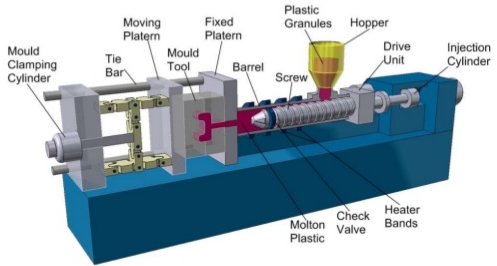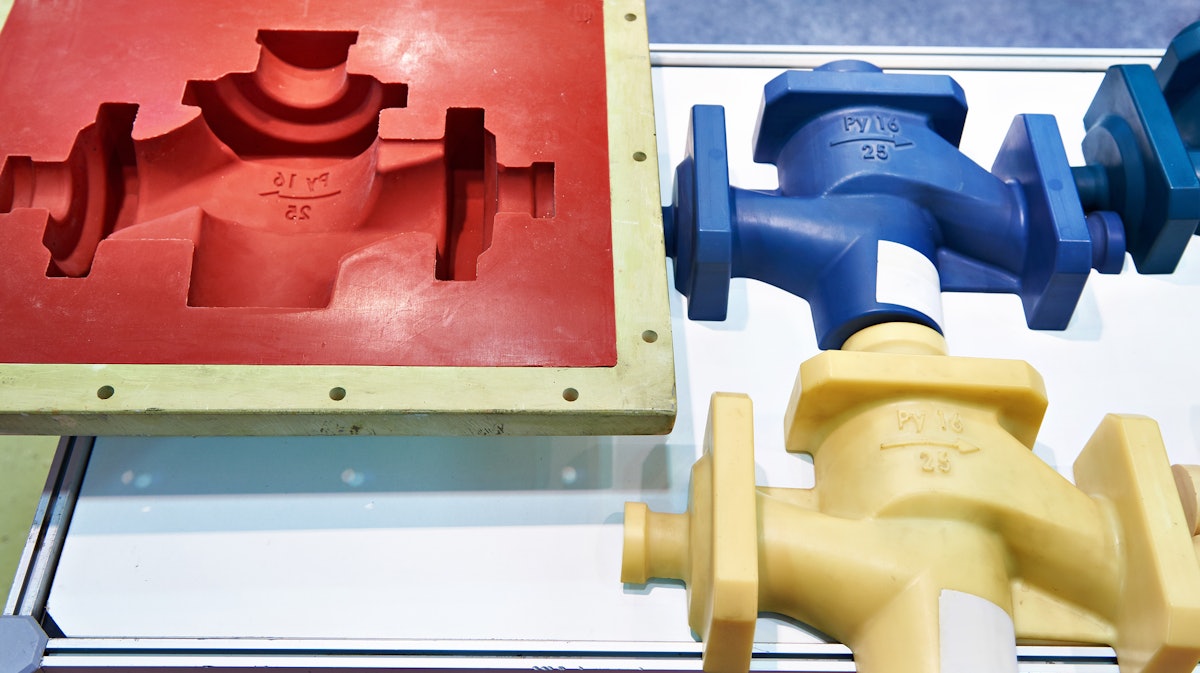An Unbiased View of Plastic Manufacturings
Wiki Article
Oem Fundamentals Explained
Table of ContentsThe 20-Second Trick For Hon Hai PrecisionAdditive Manufacturing for BeginnersWhat Does Manufacturing Mean?Unknown Facts About Hon Hai PrecisionOem Things To Know Before You Get ThisThe Basic Principles Of Manufacturing Industries
The text on this web page is a sample from our full White Paper 'Shot Moulding for Purchasers' - * Sample text * - for complete overview click the download switch over! Introduction This overview is planned for individuals who are aiming to source plastic mouldings. It provides a much required insight into all that is included with developing plastic components, from the mould device needed to the moulding process itself.If you intend to check out even more, the overview covers sorts of mould devices, along with unique finishing procedures such as colours & plating. Words that are underlined can be discovered in the glossary in the appendix ... Part I: Moulding: The Fundamentals The Advantages of Injection Moulding Plastic injection moulding is a very accurate procedure that uses a number of benefits over other plastic handling approaches.
Precision is perfect for very complex parts. You can hold this moulding in the palm of your hand and it has managers, ribs, metal inserts, side cores and holes, made with a moving shut off feature in the mould device.
3 Easy Facts About Additive Manufacturing Shown


Lean Manufacturing Fundamentals Explained
from material feed & melting; material injection; cooling time cooling down ejection to the re-closing of the mould tool ready for all set next cycleFollowing Draft angles - The walls of a moulded part must be a little tapered in the direction in which the component is expelled from the mould device, to enable the component to be expelled easily.Ejector stroke - The pushing out of ejector pins to eject the moulded part from the mould device. Ejector stroke rate, length and timing needs to be very carefully managed to avoid damage to the ejectors and also mould device, yet at the exact same time make the moulding cycle as brief as possible.

Some Of Additive Manufacturing
Ribs - When a plastic part has thin wall surfaces, ribs are included in the design to make the slim walls stronger Side cores - Side action which creates a function on a moulded part, at an opposing angle to the typical opening instructions of the mould tool. manufacturing. The side core requires to be able to retract as blog the plastic component can not be expelled otherwise.
Wall surfaces - The sides of a moulded component The text on this page is an example from our complete White Paper 'Injection Moulding for Buyers'.
Production procedure for creating components by infusing molten product right into a mould, or mold Streamlined layout of the process Injection moulding (U.S. punctuation: injection molding) is a manufacturing procedure for generating parts by infusing molten product right into a mould, or mold and mildew. Injection moulding can be carried out with a host of products generally including steels (for which the process is called die-casting), glasses, elastomers, confections, and a lot of generally thermoplastic and also thermosetting polymers. Injection moulding is extensively utilized for manufacturing a range of parts, from the smallest components to entire body panels of cars. Shot moulding uses a special-purpose maker that has three components: the injection system, the mould and the clamp.
Some Known Facts About Mfg.
, with the quantity used of the former being substantially higher.: 13 Thermoplastics are prevalent due to qualities that make them extremely suitable for injection moulding, such as ease of recycling, convenience for a large variety of applications,: 89 as well as capacity to soften and also stream on home heating.In multiple dental caries moulds, each tooth cavity can be similar and also create the exact same components or can be special and create several various geometries throughout a single cycle.
The screw delivers the raw material forward, blends and homogenises the thermal and also viscous circulations of the polymer, as well as decreases the needed heating time by check here mechanically shearing the product as well as including a considerable quantity of frictional heating to the polymer. The material feeds forward with a check shutoff and accumulates at the front of the screw right into a quantity referred to as a shot. When enough material has gathered, the material is forced at high stress as well as velocity right into the component developing cavity. The exact amount of shrinking is a feature of the resin being made use of, and can be relatively foreseeable. To avoid spikes in stress, the process normally makes use of a transfer position representing a 9598% full dental caries where the screw shifts from a consistent speed to a consistent pressure control.
8 Simple Techniques For Die Casting
The packaging stress is applied up until the gate (cavity entryway) strengthens. Due to its tiny dimension, the gate is generally the very first location to strengthen with jit system its whole thickness.: 16 Once the gateway strengthens, no more product can enter the cavity; as necessary, the screw reciprocates as well as gets material for the next cycle while the material within the mould cools down so that it can be expelled and be dimensionally steady.Report this wiki page